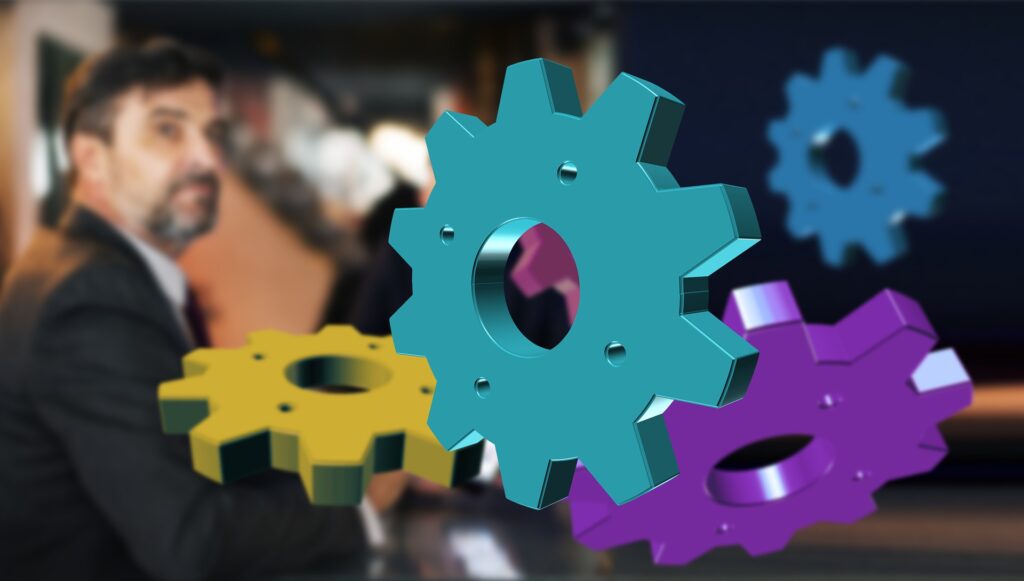I’m just going to say it: there’s no such thing as an impulse purchase*.
It’s just a story we tell ourselves … an excuse given in case a purchase doesn’t work out. The idea that we just walk into a store, or discover a service we like the sound of, and just buy it. That’s not what happens.
What that means for your business – your eCommerce store, your brick & mortar store, your B2B service offering, your whatever … is that when people first encounter your product or service, they are not ready to buy. On that first interaction, the question you ask yourself should not be: ‘How do I get them to make a purchase right now?’, it should be ‘How do I make it so that when they are ready to make a purchase, they think of me?’. It’s a different quandary altogether.
What you’re doing at this stage is nurturing. If we’re talking about an online purchase, you have done one of the hardest jobs by getting a browser onto your website in the first place. Depending on how they got there – and where they are – they could be at a different stage of their purchasing cycle.
Let’s say they arrived from a PPC ad campaign you had set up with your favourite PPC ad provider. That way we know at least two things about them – we know what search term they used to arrive on your site, and we know that they have arrived at a page you created to best target that search term.
This person is a ‘more qualified’ prospect than the person who arrived on your home page after searching for ‘widgets’.
The person arriving after clicking a PPC ad still needs nurturing. You’re doing this by providing content relevant to their search term – but your next challenge is to capture a bit more information about them and try and get them into your marketing system. Given that you know their search term, maybe you can offer them a discount on a related product if they sign up to your newsletter. But that’s still a bit of a reach – you’re still relying on them parting with their email address.
You can do that, but first: start small. If you have a presence on Facebook or LinkedIn – make sure you’re using the cookies provided by those services to help track the visitor when they’re elsewhere online. Both Facebook and LinkedIn provide powerful tools to create user audiences – both from the people who visit your site and from people who are remarkably similar to the people who visit your site. (Seriously, the number of data points Facebook and LinkedIn capture about you … terrifying)
This way you can target advertising to your web visitors outside of your website. You can start to become ‘top of mind’. If people start seeing your advertising elsewhere – outside of your own website, they will remember you. If you can build up an audience on social media of people similar to those who already visit your site, you will be able to quickly expand your reach.
All the while what you’re doing is not pushing a direct sale, but instead raising people’s awareness of your offering. Remember, the goal is not necessarily to make a direct sale right at that moment, but to be the person or business they think of when they are ready to make a purchase.

Ultimately, all the tracking & audience building available to you through Facebook and LinkedIn cookies is fine – but you will be better off owning your audience and gathering first-party data from them. You should still try and capture email addresses by offering something of value (a discount, a white paper, a free trial, whatever it is). But even actions like that – the giving up of an email address – can be considered a ‘micro-purchase’, a small commitment to your brand, that may require nurturing beforehand.
(The importance of first-party data – data you have collected yourself and have responsibility & control over – will be covered soon.)
So, remember: there’s no such thing as an impulse purchase and your goal should be to nurture customers to the point that when they are ready to buy, they think of you first.
*okay, sometimes … just sometimes, I concede that some purchases are impulse purchases. When we lived in New York, my wife and I would sometimes spend a Saturday morning at Bed Bath & Beyond. I know, we were young & crazy. We had a $5 experiment rule. We could pick a couple of things up for five bucks or less if we thought they stood a chance of making a difference in our day-to-day. These were impulse purchases (and as a result, we now always have a directional jet on our kitchen taps).

